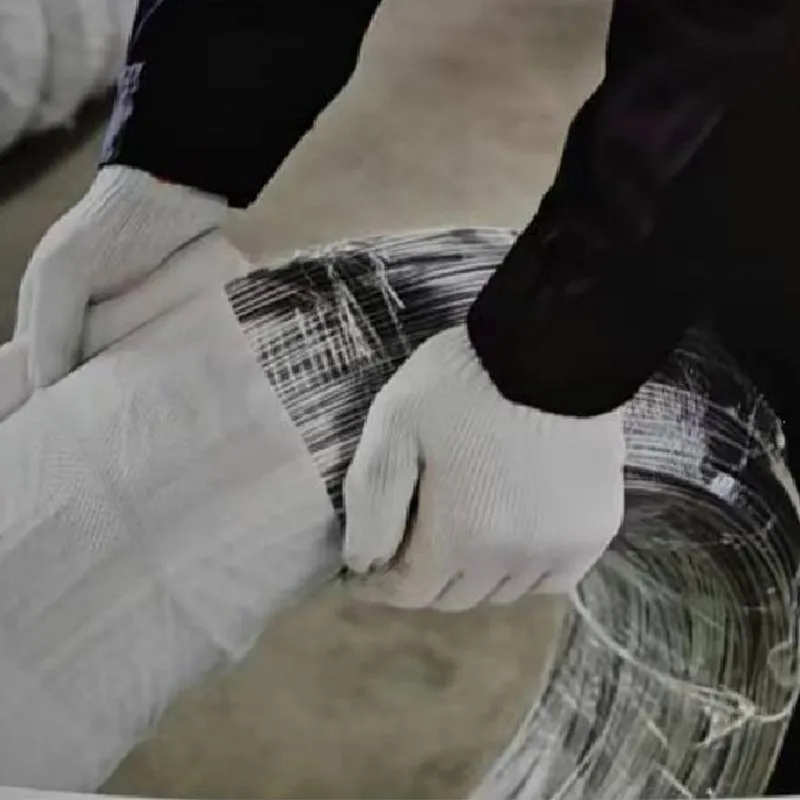-
 Phone:
Phone: -
 Email:
Email:

rock mesh retaining wall
Rock Mesh Retaining Walls An Overview
When it comes to managing soil erosion and providing structural support for slopes, rock mesh retaining walls offer a practical and aesthetically pleasing solution. Retaining walls are essential in various civil engineering applications, particularly in areas susceptible to erosion, landscaping, and road construction. The rock mesh system utilizes natural stone and galvanized mesh, showcasing a blend of functionality and eco-friendliness.
Design and Construction
The fundamental principle behind rock mesh retaining walls is the use of a framework of mesh that secures natural rocks in place
. This method allows for flexible designs that can adapt to different topographies and soil conditions. The construction process typically begins with proper site preparation, where the area is graded, and a foundation is laid to ensure stability.After establishing the base, geogrid layers may be added to improve the wall's load distribution and to reinforce its structure. The galvanized steel mesh is then placed, followed by filling it with natural stones, which not only provide strength but also enhance the wall's visual appeal. This method encourages vegetation growth, which can help further stabilize the soil and improve the overall environmental impact.
Advantages
One of the main advantages of rock mesh retaining walls is their adaptability to various landscapes. Unlike traditional concrete walls, rock mesh allows for a more natural appearance, blending seamlessly with the environment. This can be particularly beneficial in residential areas or parks where aesthetics are a priority.
rock mesh retaining wall

Furthermore, the use of natural stones means that these walls can be permeable, allowing for proper drainage and reducing the risk of hydrostatic pressure build-up. This permeable nature helps to prevent water retention behind the wall, which can be a significant issue with solid retaining walls. Proper water drainage ensures the longevity and durability of the structure.
Another notable advantage is their eco-friendly aspect. Using natural materials aligns with sustainable construction practices. Rock mesh retaining walls can support plant growth, contributing to biodiversity and helping to maintain the local ecosystem.
Applications
Rock mesh retaining walls are versatile and can be used in various applications, such as highway projects, hillside landscaping, and even in residential gardens. Their ability to stabilize slopes makes them ideal for protecting roads and properties from soil erosion, while their natural appearance provides an attractive alternative to concrete or brick walls.
In landscaping projects, they can be used to create terraced gardens or to control water flow, enhancing both the functionality and visual appeal of outdoor spaces. Additionally, their ease of installation makes them a desirable option for many construction projects.
Conclusion
In conclusion, rock mesh retaining walls represent an innovative solution for managing soil erosion while complementing the natural landscape. Their flexibility in design, environmental benefits, and aesthetic appeal make them a popular choice among engineers and landscape architects. As sustainable practices continue to gain traction in construction, rock mesh technology is likely to play an increasingly significant role in the building of resilient infrastructures.
-
Wire Mesh for Every Need: A Practical SolutionNewsJul.25,2025
-
Steel Fences: Durable, Secure, and Stylish OptionsNewsJul.25,2025
-
Roll Top Fencing: A Smart Solution for Safety and SecurityNewsJul.25,2025
-
Cattle Farm Fencing Solutions for Maximum SecurityNewsJul.25,2025
-
Affordable Iron Binding Wire SolutionsNewsJul.25,2025
-
Affordable Galvanized Wire SolutionsNewsJul.25,2025
-
Wire Hanger Recycling IdeasNewsJul.25,2025








